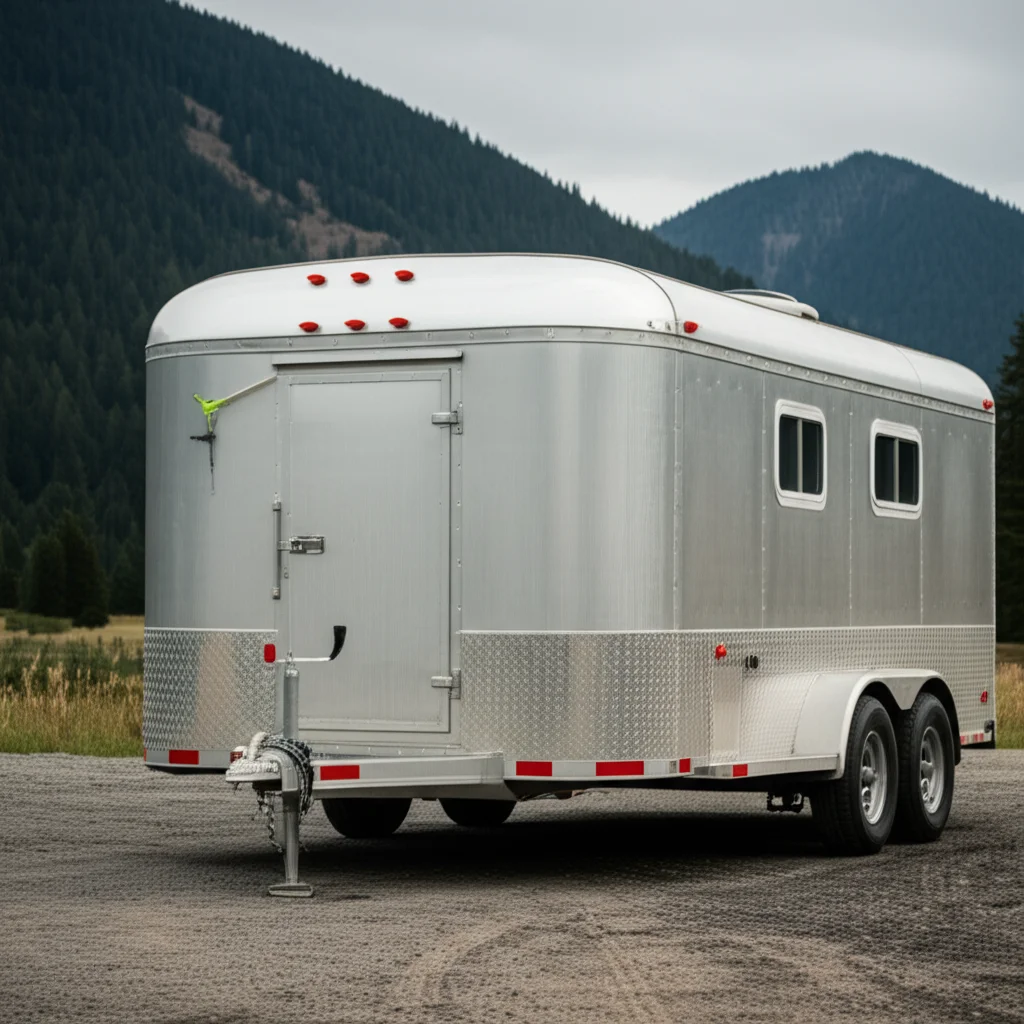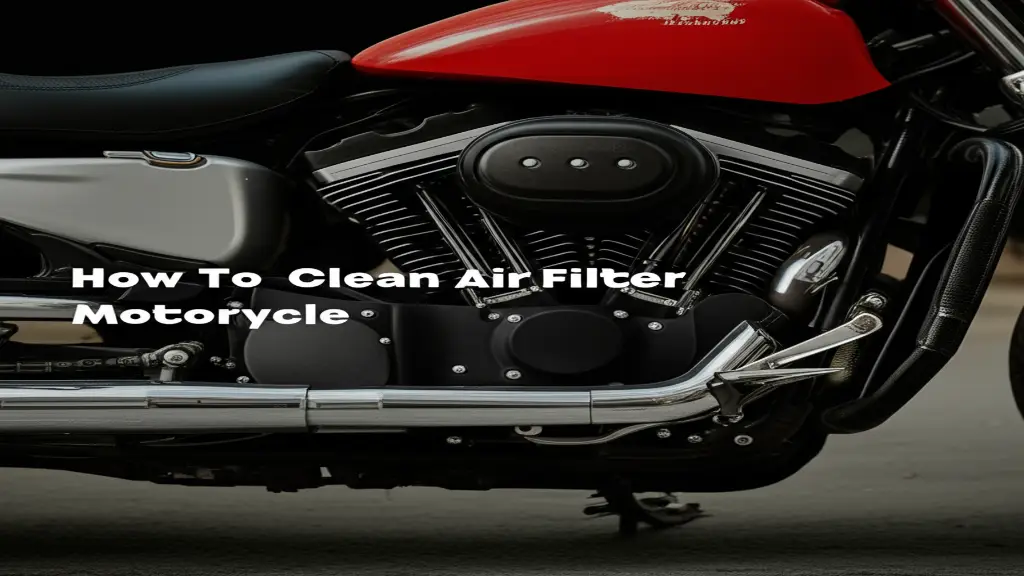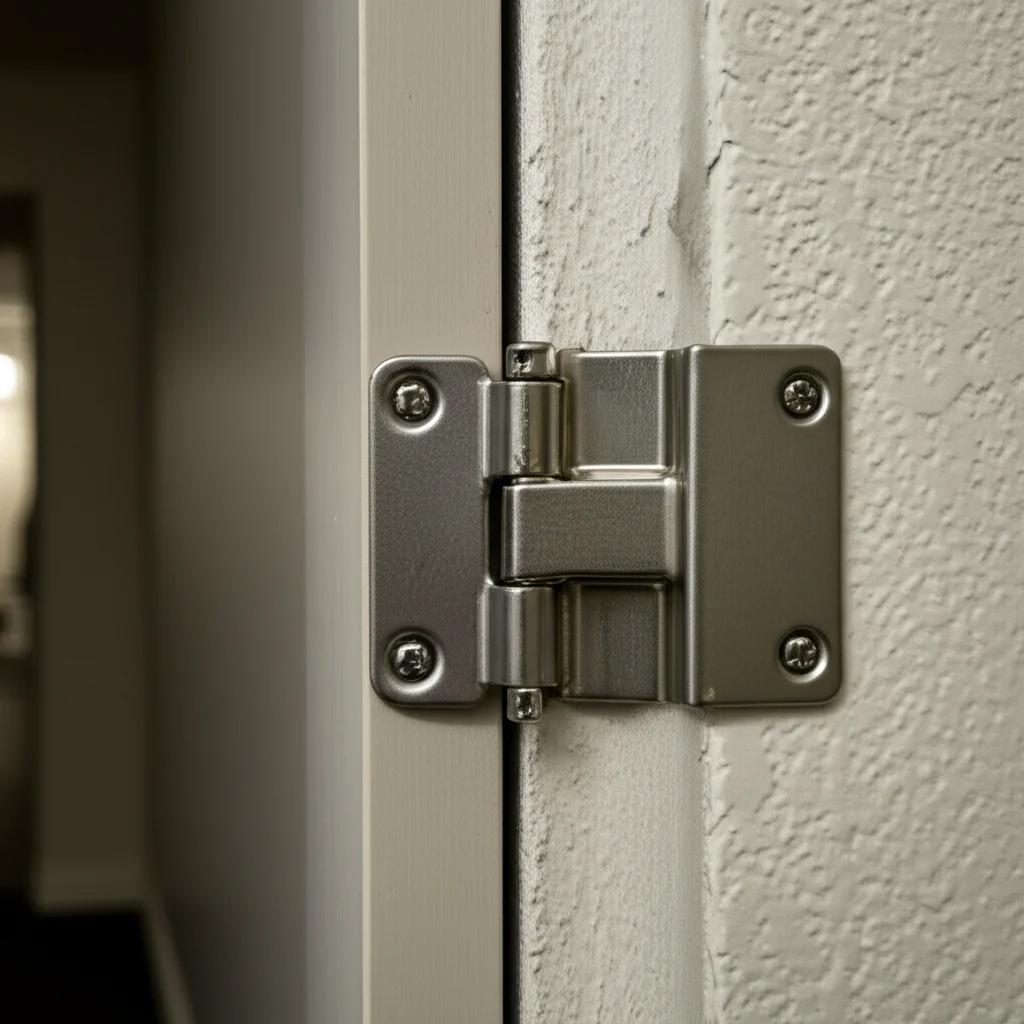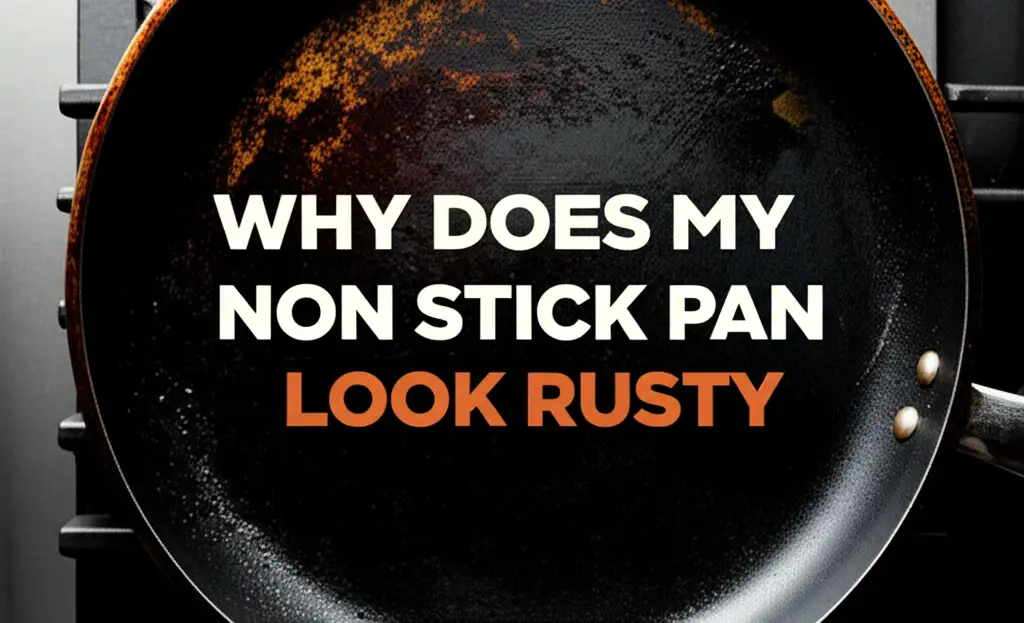· Todd Martin · Vehicle Care · 17 min read
How To Clean Aluminum Trailer

Mastering How To Clean Your Aluminum Trailer
Your aluminum trailer is a significant investment. It works hard, often enduring harsh road conditions, dirt, and weather. Keeping it clean is not just about looks; it preserves the material and extends its life. I know how important it is to maintain equipment, especially something you rely on for transport.
This guide will show you how to clean aluminum trailer surfaces effectively. We will cover everything from initial preparation to protecting the finished shine. You will learn about the right tools, cleaning solutions, and specific techniques for tackling common issues like oxidation. Following these steps helps your trailer stay strong and look its best for years.
Takeaway: Restore Your Aluminum Trailer’s Shine
- Gather Supplies: Get the right cleaners, brushes, and safety gear.
- Pre-Rinse Thoroughly: Remove loose dirt before deep cleaning.
- Choose Proper Cleaner: Use aluminum-safe products for washing and brightening.
- Address Oxidation: Apply specific treatments for dull, chalky areas.
- Rinse and Dry Well: Prevent water spots with a final, clean rinse and proper drying.
- Protect the Surface: Apply polish and sealant for lasting shine and protection.
To effectively clean an aluminum trailer, first rinse away loose dirt. Apply an aluminum-safe cleaner or brightener with a soft brush, working in small sections. Rinse thoroughly from top to bottom, then dry completely to prevent water spots and restore shine.
Understanding Your Aluminum Trailer’s Needs
Aluminum trailers offer great benefits. They are lightweight, resist rust, and handle heavy loads well. However, aluminum also faces challenges. It can oxidize when exposed to air and moisture. This process creates a dull, chalky white film on the surface.
Road grime, salt, and environmental pollutants stick to trailers easily. These contaminants accelerate oxidation and make the trailer look neglected. Understanding what affects your trailer helps you choose the correct cleaning approach. An uncleaned aluminum surface will quickly lose its appeal and structural integrity over time.
Different types of aluminum finishes exist. Some trailers have raw, mill-finish aluminum. Others feature polished or anodized surfaces. Anodized aluminum has a protective layer. This layer needs different care than raw aluminum. For specific guidance on anodized finishes, you can learn how to clean anodized aluminum. Knowing your trailer’s finish helps prevent damage during cleaning.
Ignoring the buildup of dirt and oxidation weakens the aluminum over time. It can lead to pitting or corrosion. This damage compromises the trailer’s appearance and its strength. Regular cleaning prevents these issues. It keeps your trailer looking professional and performing safely. Addressing oxidation early is key to maintaining your trailer’s value and appearance. If you notice signs of a dull, powdery coating, you should understand how to clean oxidation from aluminum.
Essential Tools and Supplies for Trailer Cleaning
Having the right tools makes the cleaning process easier and more effective. You do not want to start a job and find you lack a key item. I always prepare my workspace before I begin. This saves time and frustration.
Here is a list of what you will need:
- Pressure Washer or Garden Hose with Spray Nozzle: A pressure washer provides more cleaning power. However, a strong garden hose can work for lighter cleaning. Use caution with pressure washers; too much pressure can damage delicate areas.
- Buckets: You will need at least two: one for clean rinse water and one for your cleaning solution. This helps keep your washing solution clean.
- Soft-Bristle Brushes: Various sizes are useful. A long-handle brush helps reach high areas. A smaller brush can clean tight spots and crevices. Avoid stiff brushes or abrasive pads. They can scratch the aluminum surface.
- Microfiber Towels or Drying Chamois: These absorb water well and prevent water spots. They are also gentle on the finish. Old cotton towels can leave lint.
- Aluminum-Safe Cleaning Solutions:
- Degreaser: Essential for removing grease, oil, and road tar. Choose an automotive or heavy-duty degreaser that is safe for aluminum.
- Aluminum Brightener/Restorer: This product contains mild acids. It helps dissolve oxidation and restore the aluminum’s natural luster. Always read the label carefully for application instructions and safety warnings.
- Automotive Wash Soap: A pH-neutral car wash soap is good for general cleaning after the initial degreasing.
- Personal Protective Equipment (PPE):
- Rubber Gloves: Protect your hands from harsh chemicals.
- Eye Protection (Safety Goggles): Essential when working with chemicals or pressure washers.
- Old Clothes/Work Overalls: Protect your everyday clothes from dirt and chemicals.
- Mask/Respirator: Recommended if using strong brighteners in an enclosed space or if fumes are strong.
Gathering these items before you start ensures a smooth and safe cleaning experience. Having everything ready prevents interruptions. It helps you focus on getting the job done right.
The Initial Rinse: Preparing Your Aluminum Trailer
Preparation is a critical first step in any cleaning project. Skipping this stage can make the entire process harder. For your aluminum trailer, a thorough initial rinse sets the stage for a deeper clean. I always start here to remove loose debris.
Begin by moving your trailer to a suitable location. Choose a spot where water runoff will not harm plants or flow into storm drains. Ensure the trailer surface is cool to the touch. Cleaning a hot surface causes cleaning solutions to dry too quickly. This leaves streaks and spots. Park the trailer in a shaded area or wait for cooler weather.
Use your pressure washer or garden hose with a strong spray nozzle. Start rinsing the trailer from top to bottom. This lets gravity help carry dirt away. Focus on removing all loose dirt, dust, and mud. Pay close attention to wheel wells, undercarriage, and any areas where grime accumulates. A good rinse prevents scratching the aluminum later.
High-pressure settings on a pressure washer can be very effective. However, use caution. Keep the nozzle a safe distance from the surface. Too much pressure can damage decals, wiring, or seals. Maintain a consistent distance. Work in overlapping passes to ensure complete coverage. This initial rinse should remove the bulk of visible dirt. It prepares the aluminum for the next cleaning stages.
This step is simple but very important. It ensures that your specialized cleaning products work on embedded grime and oxidation, not just loose surface dirt. A clean start means better results. Take your time during this rinse. It will save you effort later on.
Deep Cleaning Your Aluminum Trailer’s Surface
After the initial rinse, it is time for the deep clean. This stage involves applying cleaning solutions to break down stubborn grime, grease, and light oxidation. Choosing the right cleaner for your aluminum trailer is paramount. Improper products can cause lasting damage.
Choosing the Right Cleaner
Always select cleaning products specifically designed for aluminum. Many general-purpose cleaners contain harsh chemicals. These can corrode or stain aluminum. Look for labels that state “aluminum safe” or “non-acidic for polished aluminum.”
- Degreaser: Start with a good degreaser if your trailer has oil, grease, or heavy road film. Spray the degreaser onto the affected areas. Let it sit for the recommended dwell time. This allows the product to break down the greasy buildup.
- Automotive Wash Soap: For general washing, a pH-neutral automotive soap is ideal. These soaps are gentle. They create good suds to lift dirt. Mix the soap according to the product instructions.
- Aluminum Brightener: For dullness or light oxidation, an aluminum brightener is effective. These products contain mild acids. They react with the oxidation, making it easier to rinse away. Use brighteners sparingly and follow directions precisely. They are more aggressive than basic soaps. When looking for products suitable for specific aluminum parts, consider methods similar to how to clean aluminum rims with household products, as these often share common principles.
Application Techniques
Apply your chosen cleaner section by section. Do not let the cleaner dry on the surface. Work from the bottom up when applying soap or degreaser. This prevents streaking. For brighteners, some prefer top-down application. However, bottom-up helps prevent streaking from runoff on untreated sections.
Use a soft-bristle brush to agitate the cleaner on the surface. Gently scrub the aluminum. This helps the cleaner penetrate and lift dirt. For diamond plate areas, a slightly stiffer brush might be needed. You can find specific tips on how to clean aluminum diamond plate if your trailer has these sections. Be thorough but avoid aggressive scrubbing. This prevents scratches.
After scrubbing, rinse each section thoroughly before moving to the next. Do not let cleaning solutions dry on the trailer. This will leave hard water spots or streaks. Work methodically to ensure complete coverage and rinsing. This process ensures a clean base for addressing more stubborn issues or applying protective coatings.
Tackling Stubborn Stains and Oxidation on Aluminum
Even with regular washing, aluminum trailers can develop stubborn stains and significant oxidation. These issues require a more targeted approach. I often encounter areas that need extra attention. Addressing them properly restores the trailer’s appearance.
Oxidation often appears as a white, chalky film. It can be widespread or appear in patches. Environmental factors like road salt, moisture, and sunlight accelerate this process. If your trailer has heavily oxidized areas, a dedicated aluminum restorer or brightener is necessary. These products contain acids that chemically react with the oxidation. This helps to dissolve it. For comprehensive advice, reviewing guides like how to clean oxidation from aluminum can be highly beneficial.
When using these stronger chemicals, always wear appropriate personal protective equipment. This includes rubber gloves and eye protection. Apply the product according to the manufacturer’s instructions. Often, you spray it on, let it dwell for a short period, then rinse. Never let these products dry on the surface. They can cause permanent etching or staining. Test the product on an inconspicuous area first. This checks for adverse reactions.
For specific stains like black streaks from roof runoff or rust spots from steel components, different methods apply. Black streaks often respond well to a dedicated RV streak remover or a stronger degreaser. Apply, let soak, then gently scrub. For rust stains, use a rust remover that is safe for aluminum. Some household products can also clean minor oxidation and stains. Similar techniques apply to cleaning other aluminum components, such as how to clean oxidized aluminum wheels, where specialized products are often used.
Always rinse thoroughly after treating stubborn stains or oxidation. Any residue left behind can continue to react with the aluminum. This causes more damage. Rinse from top to bottom. Ensure all chemicals are flushed away. Repeat the process if necessary for very heavy buildup. Patience and persistence are key to restoring heavily stained or oxidized aluminum.
The Rinsing and Drying Process for a Spotless Finish
After the deep cleaning and spot treatment, the rinsing and drying process is crucial. This step ensures no cleaning product residue remains and prevents water spots. I find this stage just as important as the cleaning itself. A poor rinse can ruin all your hard work.
Start rinsing the trailer from the top. Let the water flow downwards, carrying away all soap suds and dissolved dirt. Use low to medium pressure for rinsing. High pressure can sometimes force water into seams or small openings. Ensure every part of the trailer is rinsed thoroughly. Look for any remaining suds or cloudy areas. A clean rinse means water sheets off the surface evenly, without forming suds.
For larger trailers, rinse one section at a time. This prevents the cleaning solution from drying before you rinse it. Pay special attention to hidden areas. Check under ledges, around rivets, and in wheel wells. These spots can trap soap and dirt. Rinse until the water runs clear from all surfaces.
Drying the aluminum trailer immediately after rinsing prevents water spots. Hard water contains minerals. These minerals leave visible marks when water evaporates. You can use a few methods for drying:
- Air Drying (if possible): If the air is very clean and dry, simply letting the trailer air dry quickly can work. This is rare for large trailers without leaving some spots.
- Leaf Blower: A leaf blower is excellent for quickly removing most of the water. It pushes water off the flat surfaces and out of crevices. This method reduces the need for towels.
- Microfiber Towels or Drying Chamois: Follow up the leaf blower or use these exclusively for a streak-free finish. Wipe down all aluminum surfaces. Work in small sections, changing or wringing out towels as they become saturated. These materials are gentle on aluminum and highly absorbent.
Drying promptly ensures a spotless, gleaming finish. It highlights the effectiveness of your cleaning. This final step reveals your trailer’s renewed shine. It prepares the surface for any protective treatments you plan to apply.
Protecting Your Aluminum Trailer: Polishing and Sealing
Cleaning your aluminum trailer is only half the battle. To keep it looking its best and protect it from future damage, polishing and sealing are essential. These steps add a layer of protection and enhance the shine. I never skip this final phase. It locks in the cleanliness.
Polishing aluminum restores its mirror-like finish. It also removes very fine scratches and remaining surface imperfections. Not all aluminum trailers need polishing. Raw, unpolished aluminum benefits more from sealing. However, if your trailer has polished aluminum sections, like fuel tanks or diamond plate, polishing makes a huge difference. For specific guidance on enhancing shine, consider looking into guides on how to clean polish aluminum wheels, as the principles apply to other polished aluminum surfaces.
Choosing a Polish
Select a polish specifically designed for aluminum. Aluminum polishes often contain abrasives. These abrasives are very fine. They gently remove a microscopic layer of the aluminum surface. This reveals the clean, shiny metal underneath. Liquid polishes are easier to apply. Pastes offer more abrasive power for tougher jobs.
Applying Polish
Apply a small amount of polish to a clean microfiber applicator pad. Work in small sections. Rub the polish onto the aluminum surface in small, circular motions. You will see a black residue form. This indicates the polish is working. It is removing oxidation and impurities. Continue rubbing until the residue turns clear or darkens. Then, buff off the polish with a separate clean, dry microfiber towel. Turn the towel frequently to a clean side. This ensures you are removing the residue, not just spreading it.
Sealing for Protection
After polishing, or if your trailer is unpolished, applying a sealant or wax is vital. This creates a protective barrier. This barrier shields the aluminum from environmental elements. It repels water, dirt, and road grime. It also helps prevent future oxidation.
You can choose from several types of protective coatings:
- Liquid Sealants: These are synthetic polymers. They bond to the aluminum surface. They offer long-lasting protection, often for several months.
- Waxes: Natural waxes, like carnauba wax, provide a deep shine. They offer good protection, but may not last as long as synthetic sealants.
- Ceramic Coatings: These offer the most durable protection. They form a hard, permanent layer. Ceramic coatings are more expensive and harder to apply. They offer superior long-term defense against corrosion and oxidation.
Apply the sealant or wax according to the product instructions. Usually, this involves applying a thin, even coat. Let it cure for the recommended time. Then, buff it off to a high shine. This protective layer makes future cleaning much easier. It also ensures your aluminum trailer maintains its appearance and integrity.
Regular Maintenance Tips for Lasting Shine
Maintaining your aluminum trailer is an ongoing process. Regular, proactive care keeps it looking great and reduces the need for intensive deep cleaning. I believe consistency is key to preserving its shine and preventing damage.
Cleaning Frequency
How often you clean your trailer depends on its use. If you haul often, especially in harsh conditions like winter with road salt, clean it frequently. A quick rinse after each trip helps immensely. For occasional use, a thorough wash every 2-3 months might suffice. Always aim to clean off road salt, dirt, and chemicals promptly. These cause the most damage.
Quick Cleaning Tips
- Spot Clean: Do not wait for a full wash to address bird droppings, bug splatters, or fresh tar. These can etch into the aluminum if left too long. Use a quick detailer or a dedicated bug and tar remover.
- Rinse After Salt Exposure: If you drive on salted roads, rinse your entire trailer as soon as possible. Salt is extremely corrosive to aluminum. Pay extra attention to the undercarriage.
- Use a Waterless Wash: For light dust, a waterless wash product can be a convenient way to wipe down surfaces without a full wash. Always use clean microfiber towels to avoid scratching.
Avoiding Common Mistakes
- Do Not Use Abrasive Cleaners: Avoid steel wool, harsh scouring pads, or oven cleaners. These will scratch the aluminum or cause severe discoloration.
- Avoid Acidic Cleaners (Except Specific Brighteners): General acid-based cleaners can be too strong. They can etch or stain aluminum permanently. Only use aluminum brighteners as directed.
- Never Clean a Hot Trailer: As mentioned before, cleaners dry too quickly on hot surfaces. This leaves streaks and spots.
- Do Not Let Cleaners Dry: Always rinse off cleaning solutions before they dry.
- Proper Storage: Store your trailer in a covered area if possible. This protects it from direct sun, rain, and environmental fallout. If outdoor storage is necessary, consider a breathable trailer cover.
By incorporating these maintenance practices into your routine, you extend the life of your aluminum trailer. You preserve its aesthetic appeal. Regular care ensures your trailer remains a reliable and attractive asset for years to come.
FAQ Section
How often should I clean my aluminum trailer?
The frequency depends on usage and environmental exposure. For trailers used daily or in harsh conditions like road salt, rinse frequently, ideally after each trip. A full wash every 1-3 months is generally recommended for average use. Regular cleaning prevents dirt and oxidation buildup, preserving the trailer’s appearance and integrity.
Can I use a pressure washer on my aluminum trailer?
Yes, you can use a pressure washer. Exercise caution, however. Keep the nozzle at a safe distance from the surface to avoid damage to decals, seals, or the aluminum itself. Start with a lower pressure setting. Gradually increase it if needed. High pressure is effective for rinsing but can be too aggressive if not handled properly.
What cleaners should I avoid on aluminum?
Avoid harsh acidic cleaners, bleach, ammonia-based products, and oven cleaners. These chemicals can cause permanent etching, discoloration, or corrosion on aluminum surfaces. Also, do not use abrasive pads or steel wool, as they will scratch and damage the finish. Always choose products specifically labeled “aluminum safe.”
How do I remove black streaks from my aluminum trailer?
Black streaks usually come from roof runoff or rubber seals. You can remove them with a dedicated RV black streak remover or a strong automotive degreaser. Apply the product, let it dwell for a few minutes, then gently scrub with a soft brush. Rinse thoroughly afterward to prevent any residue from drying.
Is polishing aluminum trailers necessary?
Polishing is necessary if you desire a mirror-like shine on raw or previously polished aluminum. It removes fine scratches and oxidation. If your trailer has a mill finish or is anodized, polishing might not be needed. A protective sealant or wax is essential for all aluminum finishes to protect against oxidation and keep the surface clean.
Can I clean an unpolished aluminum trailer the same way?
Yes, most cleaning steps apply to both polished and unpolished aluminum. The main difference lies in the final finishing. Unpolished aluminum will not achieve a mirror shine. Instead of polishing, focus on a thorough wash, oxidation removal, and applying a good sealant. This protects the metal and preserves its natural look.
Conclusion
Keeping your aluminum trailer clean is a rewarding task. It significantly extends the life and maintains the appearance of your valuable asset. We have covered every step, from selecting the right tools to polishing and protecting the finish. Remember, consistent effort makes a big difference.
By understanding your trailer’s needs and applying the correct techniques, you can effectively clean aluminum trailer surfaces. This ensures it continues to serve you well for many years. Regular maintenance prevents costly repairs and helps your trailer always look its best. Now you have the knowledge to tackle this project. So, gather your supplies and give your aluminum trailer the care it deserves. Its renewed shine will be a testament to your efforts.





